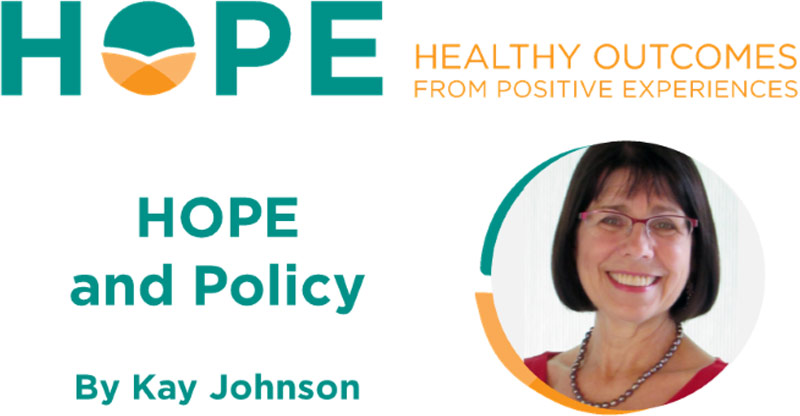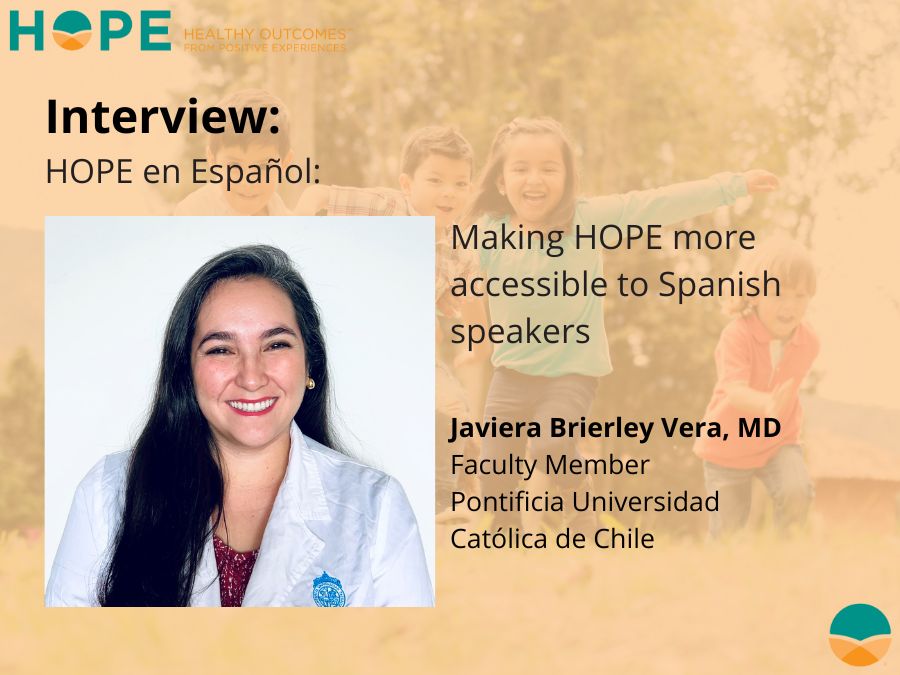
This week’s blog features a contribution from our friend and colleague, Kay Johnson. She has been involved in policy-making for children for most of her career, and has contributed to important policy changes for children and families. With budget debates ongoing in Washington and around the country, we thought this would be a great time to hear from her about ensuring health equity. Medicaid is, by far, the biggest health insurer for US children: it covers half of births and one quarter of children under three. The majority of US children of color are covered by Medicaid. Unlike the federal Medicare program for seniors, Medicaid is administered by the states, resulting in variations in coverage across the country. Despite these variations, federal Medicaid law provides for a healthcare safety net for children across the country. Her thoughts include a call to action – full implementation of Medicaid preventive services can help reduce the racial disparities in health; last week’s blog provided a discussion of HOPE’s efforts to fight systemic racism and treat all children with dignity.
Many thanks to Kay for contributing her thoughts.
Achieving Health Equity for Children Requires Action in Medicaid
Low-income children, particularly children of color, face an array of obstacles to optimal health and development related to poverty, racism, and other social determinants of health. Medicaid and its health promotion benefit are designed to address many risks and conditions. We can and must have better Medicaid program implementation across states in order to achieve equity for our children
Child-directed policies have long been shaped by intense political debates about the role of families versus the role government in caring for and supporting children. Health coverage has its own prominent position in the history of political and public policy, and has been influenced by social attitudes and the impact of racism on policies regarding on policies regarding entitlements and benefits for poor families. Medicaid policies are at the intersection of these societal values, political trends, and policy context. (See authors note to learn more.)
States’ Medicaid program performance and effectiveness are key to the health care and health of children in low-income families, those in foster care, and those with special health care needs and disabilities (who may qualify with above poverty income). Medicaid, along with the Child Health Insurance Program (CHIP), currently reaches over 37 million low-income children in the US. (Click here for state-by-state enrollment data for April 2021.) Nearly half of births, and more than one in four infants and toddlers under age 3 were covered by Medicaid and CHIP in 2018, so how well Medicaid functions is critical to ensuring optimal development for our youngest children. Because their families are more likely to be poor or to work in jobs without employer-based coverage for dependents, Medicaid and CHIP are more likely to be the source of coverage for children of color. Among Black, Hispanic, and Native American children, more than 60% of infants and more than half those ages 0 to 18 have coverage through Medicaid and CHIP. Assuring health equity for our nation’s children requires strong and effective state Medicaid programs.
Eligibility and Enrollment
Medicaid is operated under a federal-state partnership. States control many key aspects of the program, including decisions about eligibility criteria, provider payment levels, and implementation of child health benefits.
Federal and state expansion of Medicaid narrowed racial/ethnic disparities in health coverage rates overall. Yet, states Medicaid eligibility levels vary widely and result in continuing disparities for too many. The federal mandatory floor for coverage for pregnant women and infants <1 year of age is 138% of the federal poverty level (FPL), but state eligibility for infants ranges from 142 to 380% FPL. For children ages 1-5, the range is from 138 to 324% FPL and for children and youth ages 6-10, from 133 to 324% FPL. (To see the MACPAC data book, click here). Approximately half of the nation’s uninsured children reside in six states (Texas, Florida, California, Georgia, Arizona, and Ohio).
States’ actions may facilitate enrollment with policies and procedures that support: continuous or annual enrollment periods, online or telephone eligibility processes, outreach, enrollment assistance (e.g., outstationed eligibility workers), presumptive eligibility, cross-program or “express lane” eligibility processes, or more automated renewal processes.
The EPSDT Benefit for Children
For adults, Medicaid requires state programs to provide a substantial array of benefits, and states can offer coverage for optional services to adults. For children, no services permitted under federal Medicaid law are optional; all are covered when needed.
Medicaid’s Early and Periodic Screening, Diagnostic and Treatment (EPSDT) benefit sets out a comprehensive design for health care for children. Since 1967, the EPSDT child health benefit in Medicaid has reflected standards in pediatric care, with coverage both for preventive services based on the American Academy of Pediatrics guidelines and for medically necessary treatments. EPSDT requires comprehensive well-child visits and physical, developmental, mental health, vision, hearing, and dental screenings at specified intervals. Under EPSDT, Medicaid not only covers comprehensive well-child visits, it also covers medically necessary interventions and treatments for identified conditions. Uniquely, EPSDT covers a wide array of services when necessary to correct or ameliorate a child’s illness or condition or to habilitate a child, helping them keep, learn, or improve skills and function in their daily lives. Medicaid covers all medically necessary services for children.
Different states have implemented their EPSDT obligations differently. Federal law indicates that any service covered as medically necessary under EPSDT in one state would be covered in every state; however, this promise has not been fulfilled. For example, states have been encouraged by the federal Centers for Medicare and Medicaid Services to screen for depression in well-baby visits. About half of state Medicaid programs recommend screening, but only a few states require it as part of EPSDT well-visit screening procedures.
Access and Medical Homes
Experts agree that children should have a medical home with accessible, continuous, comprehensive, family-centered, coordinated, and culturally responsive. Among children under age 18 who have Medicaid/CHIP coverage, only 38% had care that met the criteria for a medical home, compared to 56% of those with private health insurance and 27% of those uninsured. For young children in Medicaid, high performing medical homes are needed to promote optimal development and lifelong health and well-being.
Well-child visits are core to Medicaid under EPSDT; however, states’ performance varies. The US Government Accountability Office reported that, on average, 63% of infants and toddlers under 15 months had six or more of the nine recommended visits, with a range among states’ Medicaid populations of 37-86% in 2018. Even prior to the COVID-19 pandemic, Medicaid childhood immunization rates at age two years had a range of 55-73%. Developmental screening rates, access to dental care, and access to mental health services also vary substantially among states.
Reports from advocates across the country indicate that poor children of color continue to be affected by these systemic access barriers. The uneven distribution of providers who accept Medicaid or lack of providers in rural and urban communities with a high concentration of children of color, is a related factor. Both implicit bias and structural racism undergird such disparities in access.
Time for Action
Despite evidence that Medicaid coverage for children can yield a lifetime of benefits, our national is failing to assure health equity for children in low-income families. We know that disparities in child health outcomes by race/ethnicity and income result from variations in Medicaid policies and procedures. Policies concerning eligibility, enrollment, benefits, and access to care vary greatly across the country. Uneven implementation of the Medicaid EPSDT benefit is a key driver. As a consequence, whether children are healthy or even whether they live or die depends to a large extent on where they live— in what state, what community, what zip code.
The EPSDT guarantee for all children enrolled in Medicaid has had a substantial positive impact on children, helping them receive critically important care and services. But because Medicaid is 56 different programs operated by states the District of Columbia and five territories, all children are not ensured receipt of the high-quality, appropriate, and equitable health care. It is past time for states are not held accountable for equity in enrollment, service quality, or health outcomes. More must be done.
Let’s be HOPEful and activist. Let’s aim to improve access and quality in children’s health care, and improve Medicaid performance for children in every state.
Authors note: This blog is based primarily on information in two prior publications. For more information, see:
- Johnson K. Medicaid and CHIP Coverage for Women and Children: Politics and Policy. Chapter 20. In Russell S. Kirby and Sarah Verbiest, Editors, Kotch’s Maternal and Child Health: Programs, Problems and Policy in Public Health, Fourth Edition. Burlington, MA: Jones and Bartlett Learning, 2022. https://www.jblearning.com/health-sciences-professions/health/maternal-child-health/productdetails/9781284200256
- Schor EL, Johnson K. Child health inequities among state Medicaid programs. JAMA Pediatrics. 2021 Jun 21. https://jamanetwork.com/journals/jamapediatrics/article-abstract/2780965


